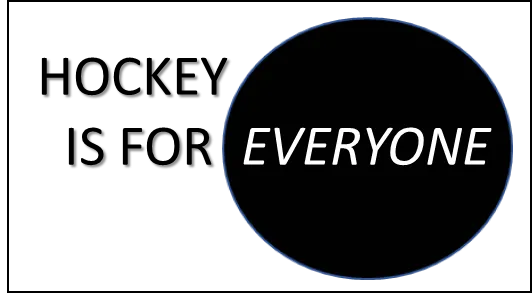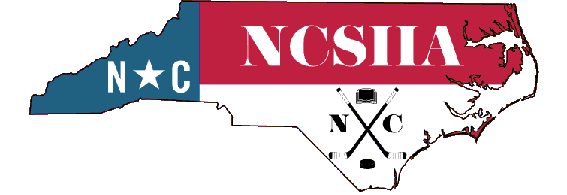The goal of our model is for every child in America to be physically literate by age 12. That is, every 12-year-old should have the ability, confidence, and desire to be physically active for life.
ACTIVE KIDS DO BETTER IN LIFE.
The ADM calls for to REVITALIZE IN-TOWN LEAGUES and promote opportunities for those who cannot participate in costly travel teams.
(Page 28) LET’S LOOK AHEAD TO THE YEAR 2030. Imagine all children in America having access to an early positive experience in sports. Most know not just the camaraderie of a team, or the feeling of a game-winning shot, but have developed the physical literacy, including love of game, to remain active into adolescence and beyond. They have experienced all of the benefits—physical, social, emotional, cognitive—available to people who simply move their bodies on a regular basis. Now, imagine the benefits to communities everywhere, given the role of sports for kids in producing active adults and healthy lives. Imagine cities that are more vibrant and more cohesive, and greener with more parks and other recreation spaces. This is the promise of Project Play. It’s also the imperative.
Obesity is just one challenge we face with an inactive populace. Left unchecked, health-care spending could reach 20 percent of U.S. gross domestic product by 2030, according to one analysis. How exactly are we going to compete in the global marketplace, with employers and the public sector picking up much of those costs? Sport does not exist in a vacuum. We need to bring sport into the health conversation and health into the sport conversation. We need to connect the silos in this disjointed space, where, unlike just about every other nation, we do not have a sports ministry or commission or other national-level entity to coordinate sport development for the public good. Project Play offers a conceptual framework that helps stakeholders from across sectors understand how they can work together to serve the interests of children, communities, and public health. We hope the strategies and ideas contained in this playbook inspire organizations and individuals to take meaningful actions. At the same time, we recognize that so much more can get done with a commitment to collective impact. As the Stanford Social Innovation Review has observed, large-scale social movements—systems change— require broad cross-sector collaboration.
(Page 31) Still, it’s important to remember that youth sports are primarily a bottom-up exercise. Parents make most of the decisions. It is essential to empower them to demand child-first policies and practices as well as a menu of options to engage all kids.
(full report below)


